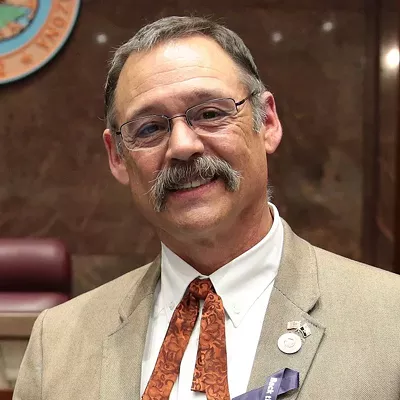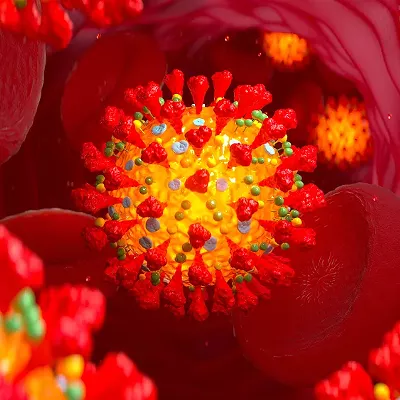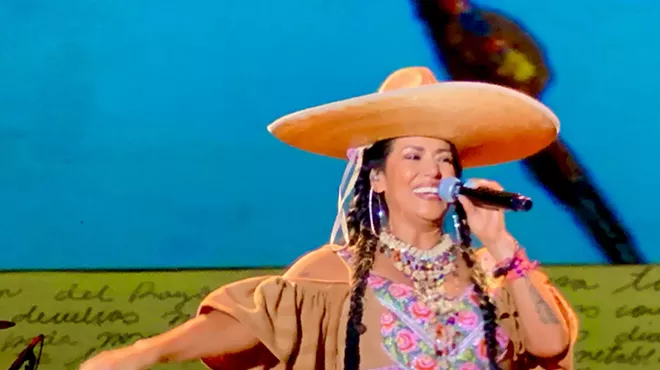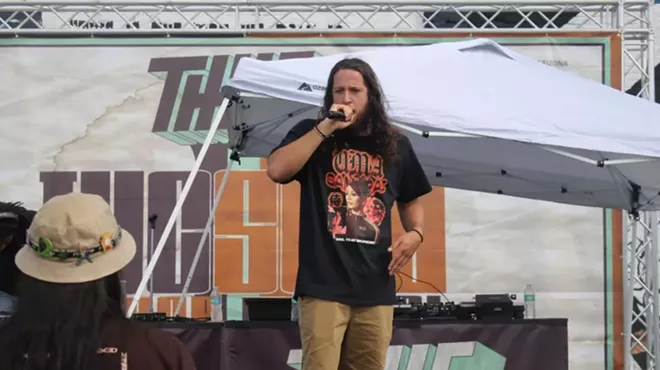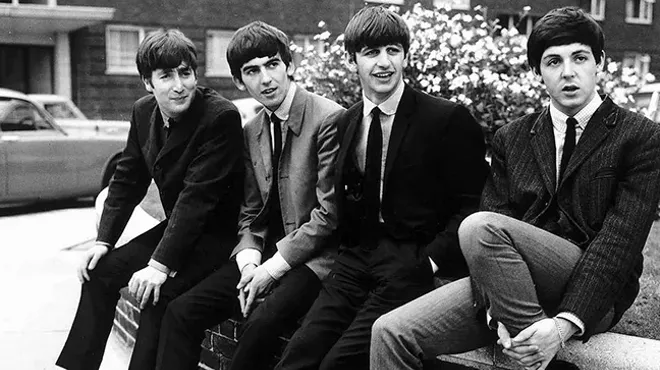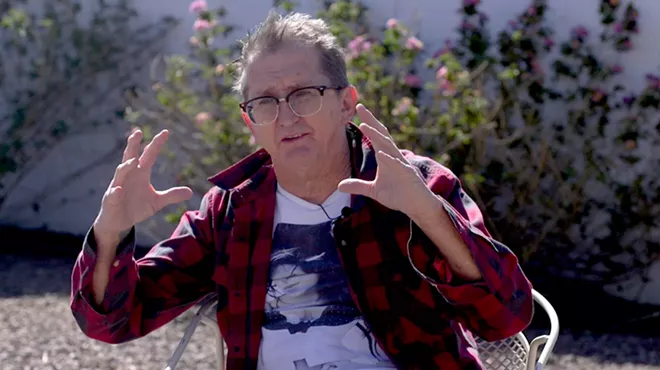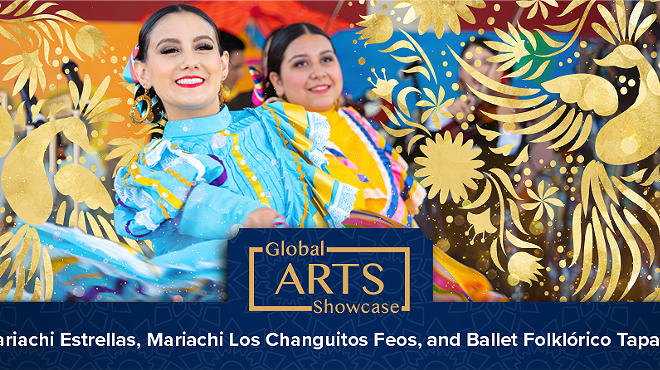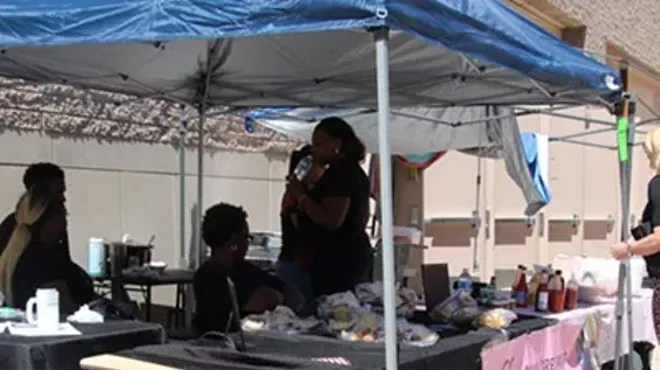Tuesday, November 17, 2015
Nika Kaiser Searches for an Expanded Sense of Reality at Her Upcoming Video Exhibit
Local visual artist Nika Kaiser has a penchant for the supernatural, and she expresses it clearly both in her video and photo works. In the past, she's made music videos for Human Behavior, Gabriel Sullivan, Prom Body and more, but now with her recent video exhibit, Kaiser will showcase both her newest work and the works of fellow visual explorers such as Alejandro Innaritu (of Birdman and Babel fame) and the LA Dance Project, video art pioneer Joan Jonas and Oregon-based artist Jessie Rose Vala. The five videos in her upcoming exhibition span from two to 15 minutes each.
We've talked before about the dark spirituality and mystical realism you had in your last photo show. What's this series of videos trying to showcase?
Well, my work often explores ideas of 'reality' in an expanded sense of what that could be—in the past I've often navigated the relationship of land, and more specifically the Sonoran desert, as a space in which to understand an expanded scope of reality; nature as a location on the edge of cultural reality, where a greater sense of being is present in what we might refer to as "supernatural' experience.
In this screening, I've selected works by a breadth of artists, whose works express a relationship between the natural world, movement, technology and the sublime. I will also be premiering a new 3-channel video piece that's related to these themes.
What was the process like creating the video? Where did you shoot? Who are your subjects?
This new piece was filmed at an artist residency I did last summer, outside of Woodstock, NY in the foothills of the Catskill mountains at the Byrdcliffe Guild. Previously I had been working with ideas of desert—a place I consider home, as a site for transformative realities. My family is from the Catskill region, and I spent time there growing up. I wanted to experience that environment through a similar lens, exploring its depth, history and folklore. I made friends with some incredible artists who were also at this residency, including the New York-based painter Lauren Nickou, who I cast as a witch-like protagonist in the video. A lot of inspiration came from the serendipity of my time there, the people I met and the mysterious qualities of dense, east-coast woodlands.
Doing music videos in the past, you've put a visual to music that people say is indicative of the "Tucson sound." What would you say is the "Tucson sight" or the visual aesthetic that defines this area?
Tucson has had a rich history of visual art, and has been a migratory destination, as much of the southwest has, for creative people. This is of course a recent addition to the centuries of indigenous peoples who have lived and made creative work here, drawing inspiration from the diverse geological, botanical and animal population. The melding of cultural histories, from our previous identity as Mexico, various tribes, and our still-present identity as a place in the "wild west", create a locale for unique inspiration.
While I don't think there's a specific "look" to work made in Tucson, I believe the mindset of being in this culturally and biologically rich desert-town fosters a feeling of experimentation and strong appreciation for its exceptional qualities. That, to me, is deeper than a trending visual identity ascribed to this space, and is more a mentality that comes from a collective understanding of all that makes Tucson unique and amazing.
How do you feel this installation stands apart from your music video work? How is it similar?
Music videos are an incredible art-making platform and I've been fortunate to be offered total creative license with every musician I've worked with. I often think of the music video work as a creative springboard for my general studio practice—it's a format in which to play, get wild and not over-think my process. A lot of the music videos I've made have served as inspiration for work I've made later on, and this piece I'm showing is no exception. Similar costumes, compositions and effects are used in this work and a lot of that was born of the music video format.
Some of my favorite visual artists are now exhibiting their music video work in galleries. I saw a great show of music videos last year at PS1. Those boundaries are shifting in the art world and also in the commercial music world with the employment of visual artists as video directors. It's exciting to see that shift happening, and I also feel that way with my own work... the music videos are equal in creative weight to every thing else I make.
The special one-night showing of Kaiser's video exhibition "Dreamtime: An Uncanny Wilderness" will kick off at 7:30 p.m. on Wednesday, Nov. 18 at the Exploded View Gallery and Microcinema (197 E. Toole Ave.). The showing is $5 and Kaiser will be in attendance. You can also catch the artist at the MOCA on January 21 when she presents a discussion on the shifting relationship between human experience and landscape in contemporary art. For more information on that event, visit MOCA's website.
Tags: nika kaiser , art , video , visual , photography , tucson , exploded view , gallery



